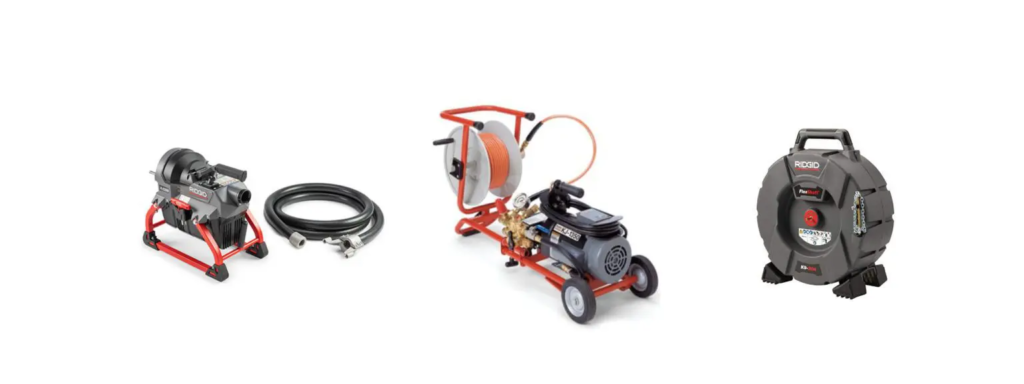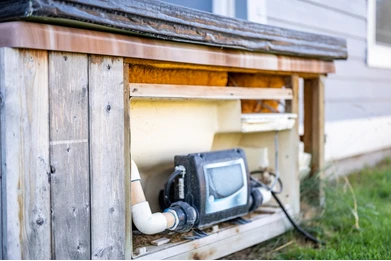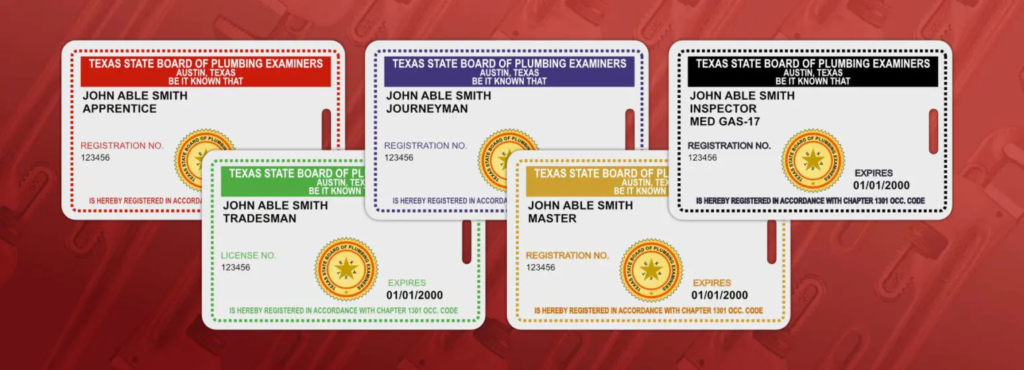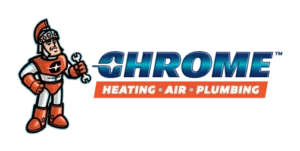Drain Snake vs Hydro Jetting vs Flex Shaft
The Evolution of Drain Cleaning: Beyond the Traditional Snake. Modern technology has significantly surpassed the basic drain snake with innovative solutions for clearing clogs and cleaning drains. Plumbers now utilize specialized drain equipment such as hydro jettersaft machines. How do these modern technologies compare in effectiveness? What unique benefits do they offer, and in what should each tool be employed In this article, we will explore various methods of pipes to help you determine the most suitable option for your residence and specific needs. How Do Drain Snake Machines Work? Conventional drain augers have a straightforward design. A robust motor powers a spiral steel cable, which is inserted into the clogged drain. The cable can be fitted with various interchangeable tips, each designed to tackle specific blockages. As the cable rotates with considerable torque, these tips effectively dislodge and clear the pipe. There are typically two main types of machines: drum machines and machines. Drum machines have a single long cable coiled up and rotating, while sectional machines use shorter cables that can be connected to create the desired length. The shorter cables are stored in a coil and fed into the machine when required. One of these classic snake machines paired with a basic auger bit can accomplish a great deal. A skilled operator can clear most blockages by breaking them up and flushing them away. Furthermore, these machines are equipped with spade-shaped cutter bits and “C” shaped cutter heads, which are effective for handling substantial accumulations like toilet paper or grease buildup. When faced with root intrusions in the pipe, they feature saw-tooth or shark-tooth cutter bits that can effectively grind away the clogs and clear the drain. Are Traditional Drain Machines The Best? For years, drain augers have been the preferred method for clearing blockages in clogged drains. They excel at tackling a wide range of tasks, from removing invasive tree roots to extracting trapped items. When wielded by a skilled professional, the right machine can be an unbeatable and highly versatile tool for cleaning and maintaining drains. Specialized plumbers who focus on drain issues typically create their tools, bits, and. Their familiarity with their equipment allows them to intuitively the movement of the cable even without visual confirmation. They can often differentiate between the cable turning within a pipe fitting and encountering a blockage. In some cases, they can discern the nature of the obstruction based on their experience and expertise. Despite their widespread use and acceptance, traditional drain machines have several limitations that have led plumbers to seek supplementary equipment and alternative methods to enhance their work. How Well Does A Drain Snake Clean Pipes? A significant drawback of drain snakes is their limited ability to remove stubborn mineral deposits that accumulate on the interior walls of aged cast-iron pipes. While a drain snake can typically dislodge blockages and restore flow in a pipe that is not severely to completely smooth out the pipe’s interior surface, which can remain rough due to years of corrosion. This issue is more commonly encountered in older communities, such as those found in Plano and Carrollton, which are situated near Dallas. These machines have another drawback in that they are prone to getting stuck more frequently when not operated properly. When a cable size that is too small is used in a pipe that is too large, the cable may become twisted and tangled, making it challenging to extract. Additionally, if the pipe is already damaged, certain components of the drain snake equipment can become entangled on the broken surfaces, making them difficult to disentangle. If there is a significant accumulation of grease or other substances such as sand, dirt, or sludge in the pipes, removing this debris using a standard plumbing snake and relying on the natural flow of water can be time-consuming. What Are Hydrojetter Drain Machines? Hydrojetter drain machines are a groundbreaking solution that has gained widespread acceptance for their effectiveness in tackling common drainage issues. These machines utilize a powerful stream of high-pressure0 to 3000 pounds perodge blockages, thoroughly clean propel the hose through the drain system with ease. Gas-powered hydrojetters and compact electric models are available. They tend to be more expensive than drain snakes because of their advanced features. The gallons-per-minute (GPM) rating is crucial, typically ranging from 1 1/2 to 5, as it determines the speed at which they can clear sludge accumulations. The machine cables come with various head styles, although the majority feature a mix of jets facing forward and backward. These jets are designed to clean the pipe while also propelling the jetter through it simultaneously. What Are The Pros and Cons of Hydro Jetters? Hydro jetters have various advantages and disadvantages. These machines are highly adaptable, with certain types of sewer pipes ranging from 2 inches to 10 inches in size. By utilizing water as the cleaning mechanism, hydrojetters not only clear blockages but also wash away debris within the pipes simultaneously. This feature is particularly beneficial when faced with a significant amount of material that needs to be eliminated from the drain line. Although the hydrometer is a valuable tool, it has its limitations. For severe blockages, a traditional drain snake of the correct size is often more effective. Additionally, the hydro jetter cannot extract objects that are stuck in the drain, a feature that some drain snake excels at removing scale adhered to the pipe walls. What Are Flex Shaft Machines? The latest advancement in drain technology is the high-speed flex shaft machine, also known as a chain knocker or flexi-rooter machine. This innovative tool is designed to tackle the challenge of descaling aged sewer lines. It works by rapidly rotating a flexible inner cable within a stationary outer casing, which is inserted into the sewer pipe. Interchangeable heads can be attached to the end of the cable, with the most popular being the “chain knocker” head, which











